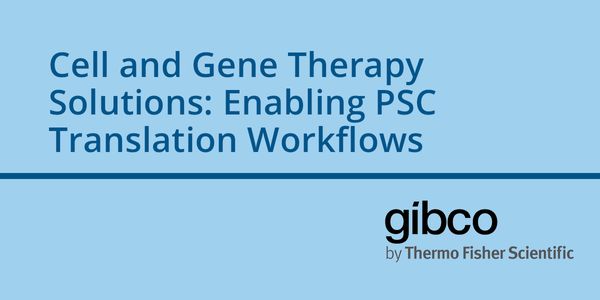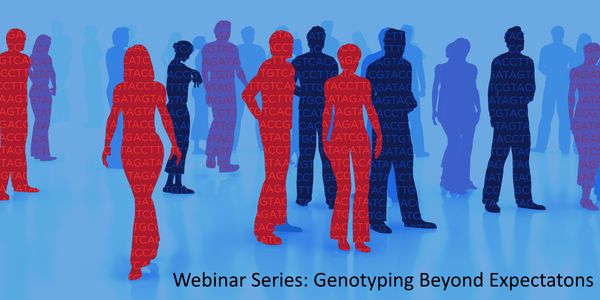Molecular Genetics
Molecular Genetics: is the field of biology that studies the structure and function of genes at a molecular level, simultaneously using both molecular biology and genetics. This typically refers to the laboratory techniques used to identify or manipulate DNA segments that are involved in synthesis of important biological molecules.
-
DEC 06, 2018 | 9:00 AMDATE: December 6, 2018TIME: 9:00am PST, 12:00pm EST Induced pluripotent stem cells (iPSC) intended for translational applications need to be of...DEC 06, 2018 | 7:00 AMDATE: December 06, 2018TIME: 7:00AM PSTHigh-throughput confocal microscopy has changed the way drug screening can be performed, by enabling the detection of single-cell pheno...NOV 28, 2018 | 7:00 AMDATE: November 28, 2018TIME: 7:00AM PSTSingle-cell genomics enables a deep dive into the mechanisms responsible for health and disease, in areas from cancer biology to neurob...Speaker: Bernard Thienpont , Annika Branting , Pawel Zajac, Ph.D.Sponsored By: Illumina, 10x GenomicsQIAGEN helps your team focus on the opportunities, not the obstacles, with an end-to-end clinical testing solution. During this talk, we will present a lung cancer case study to show how QIAG...Speaker: Raed Samara, PhD , Dan Richards, PhD
NOV 15, 2018 | 12:00 PM
Neuronal migration defects, including pachygyria, are among the most severe developmental brain defects in humans. Using human genetics approaches, we recently identified bi-allelic truncatin...
NOV 15, 2018 | 10:00 AM
The complexity of the human brain, with thousands of neuronal types, permits the development of sophisticated behavioral repertoires, such as language, tool use, self-awareness, symbolic thou...
NOV 15, 2018 | 7:00 AM
The use of human pluripotent stem cells (hPSCs) for in vitro disease-modeling is limited by the lack of robust and efficient protocols for the differentiation of relevant adult cell types. Pr...
As the compendium of putatively disease causing variants expands, gathering the most current and accurate information is critical to computing variant classifications. The QIAGEN knowledgebas...
Speaker:
Jennifer Poitras, PhD
With significant decrease in the cost of sequencing in numerous commercial as well as cancer center–driven initiatives, genomic profiling is increasingly becoming routine across multipl...
Speaker:
Bing Zhou, PhD
NOV 14, 2018 | 8:00 AM
DATE: November 14, 2018TIME: 08:00am PST, 11:00am EST International Genetics & Translational Research in Transplantation Network (iGeneTRAIN) has recently generated genome...
OCT 23, 2018 | 9:00 AM
DATE: October 23, 2018TIME: 9:00AM PDTIxodes scapularis is the principal vector of the Lyme disease spirochete, Borrelia burgdorferi. I. scapularis genome was the first and only...
As the most common female malignancy, breast cancer is the most likely reason that a woman will die of cancer around the world. Breast cancer mortality has dropped in the U.S. by 35% since 19...
Speaker:
Benjamin Anderson, MD
Recent work has identified epigenomic features of distal regulatory elements to be dynamic and defining indicators of cellular specification and transformation. Of particular relevance is our...
Speaker:
Martin Hirst, PhD
Although targeted therapies often elicit profound initial patient responses, these effects are transient due to residual disease leading to acquired resistance. How tumors transition between...
Lung cancer is the leading cause of cancer-related mortality worldwide. Large-scale sequencing studies have revealed the complex genomic landscape of NSCLC and genomic differences between lun...
Speaker:
Nicholas McGranahan, PhD
Two projects looking at novel approaches to targeting inflammatory breast cancer will be presented. Inflammatory breast cancer (IBC) is a unique, understudied, and most lethal subtype account...
Speaker:
Kevin Williams, PhD
























